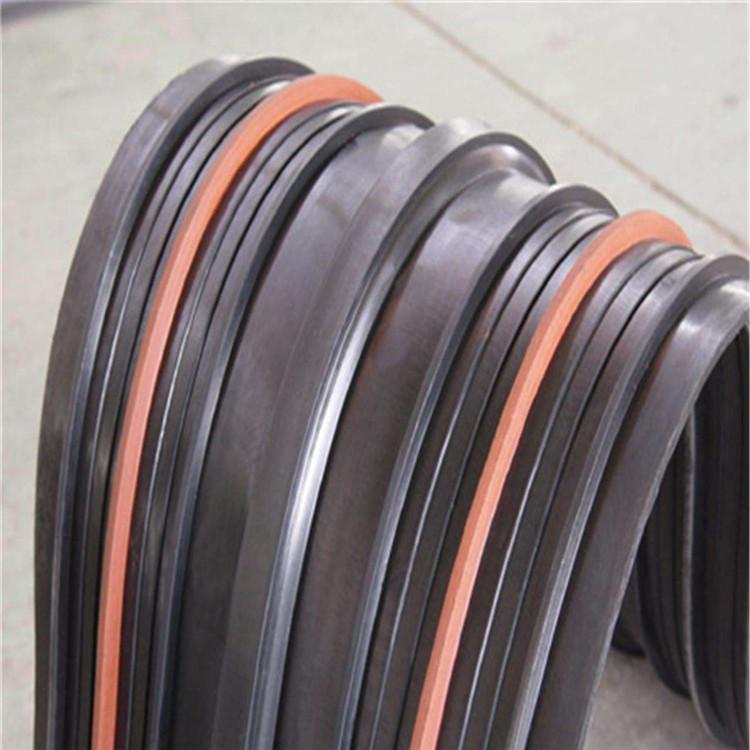Water damage is one of the most common and costly problems facing construction projects. Not only does it damage buildings, but it also poses a threat to the health and safety of occupants. This is why a water stop must be used to protect the structure from water penetration. This blog will explain what water stops are, their types, and their importance in construction projects.
What is a waterstop?
A waterstop is a building material used to prevent water from penetrating into joints and cracks in concrete structures, including retaining walls, foundation walls, and floors. It is usually made of rubber, PVC or stainless steel and is designed to resist water pressure and chemical exposure.
Types of waterstops:
1. PVC waterstop: PVC waterstop is the most commonly used type in construction projects. They are cost-effective and resistant to most chemicals used in building materials. Because they are flexible, they can conform to the shape of the structure, making them easy to install.
2. Rubber waterstop: The rubber waterstop is made of rubber and other synthetic materials. They are more durable and resistant to UV rays and extreme temperatures than PVC waterstops. However, they are more expensive than PVC waterstops.
3. Stainless steel waterstop: Stainless steel waterstop is used in projects where durability and strength are critical. They are commonly used in structures exposed to high water pressure and corrosive materials. They are more expensive than PVC and rubber waterstops, but offer better protection from potential water damage.
The importance of water stops in construction projects:
1. Protect buildings from water damage: Water seepage can cause serious damage to buildings, including corrosion, mold growth, and structural instability. Installing waterstops in critical areas helps prevent flooding and protects the integrity of buildings.
2. Increased durability: Waterstops can help extend the life of a building project by preventing water from entering critical areas of the structure. This reduces maintenance and repair costs and increases the durability of the project.
3. Maintain safety: Water seepage poses a threat to the safety of building occupants. It can cause electrical shorts, tripping hazards, and other safety issues. By keeping water from seeping in, water stops can help maintain a safe and healthy environment for building occupants.
4. Improves air quality: Water infiltration can lead to mold growth, which can affect indoor air quality and cause health problems. Waterstops help prevent water ingress and reduce the risk of mold exposure, thereby improving the air quality of buildings.
In conclusion, waterstops play a vital role in protecting construction projects from water infiltration. They come in different types and materials, each designed to meet specific construction needs. By installing waterstops in critical areas of the structure, builders can ensure the durability, safety and overall quality of the building. Therefore, it is critical to consider water stops in construction projects to protect the investment and the occupants of the building.
Post time: Mar-27-2023



